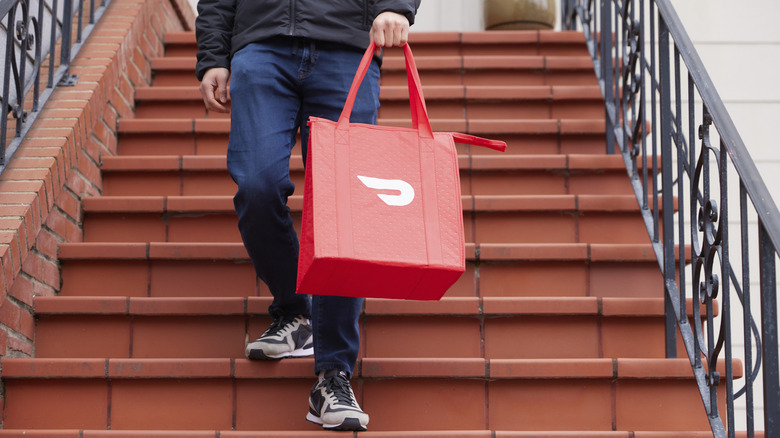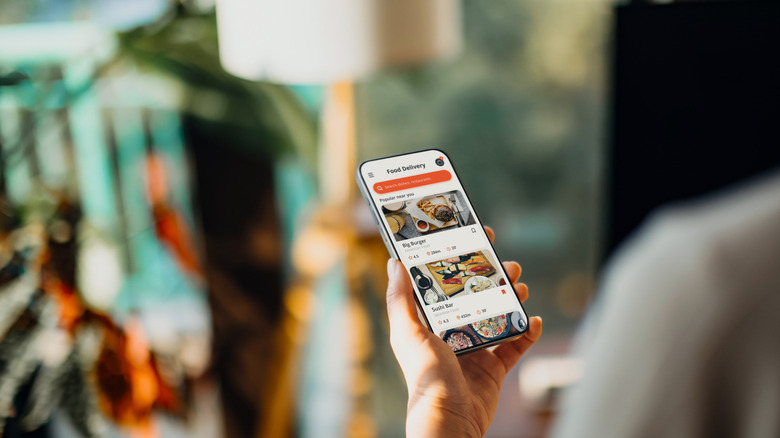How Much Money Does DoorDash Keep When You Order Restaurant Delivery
Every DoorDash order faces three main fees at checkout. Customers pay a service fee, which is a percentage of the subtotal, a delivery fee based on distance from the restaurant, and, for small orders, an extra charge if the cart's total is below a set amount. In a June 2023 release, DoorDash stated that these fees help to cover Dasher pay, tools for merchants, safety features, and customer support. While DashPass members get free delivery and lower service fees on select orders, the exact costs can change depending on your location, the restaurant, and the time you order.
DoorDash's own SEC records show that the platform keeps about 13.5 cents for every dollar spent. In Q4 2024, it earned $2.873 billion from $21.3 billion in gross order value, working out to around $4.20 per order across 685 million deliveries — before paying drivers and other costs. On the customer side, the bill starts with a service fee, usually 15% of the food total, with a $3 minimum. A delivery fee — often starting at $1.99 — adds more, depending on distance and demand. And small orders can bring in an additional $2.50 fee. Plus, in cities like Seattle, a $4.99 regulatory fee may also appear. None of these charges go to the restaurant, with the only additional money that goes fully to the driver being the tip so you should make sure you know how much to tip your food delivery driver.
How much restaurants earn after DoorDash takes a cut
Participating businesses give over a portion of every sale when they partner with DoorDash. The platform's marketplace plans take a 15% cut on Basic, 25% on Plus, and 30% on Premier. Each tier offers more reach (via wider delivery zones), DashPass listing placement, and marketing support. Pickup orders are charged a flat 6%, with no card fees added. Independent reviews show how this plays out. A 2024 Fair Work Center report found that, out of a $59 order, DoorDash took $21.10 from combined fees and commission. After paying the driver, the company kept about $10.03. Under the mid-tier Plus plan, DoorDash takes 25% of the food total, meaning that, out of a $30 meal, the platform keeps $7.50 before the restaurant ever sees any money. That leaves just $22.50 in gross revenue, before payment fees or driver mileage costs.
These $7.50 commissions hit restaurants that are already working within tight margins in an industry that has been struggling. In February 2024, the National Restaurant Association found that most food service businesses cleared just 3% to 5%, or about 90 cents to $1.50 on a $30 order. Higher margins often come from in-house extras like drinks or desserts — which don't hold up as well with delivery. When 25% of revenues goes straight to commission, any slim profit can vanish entirely. What's left is a scramble to cut hours, renegotiate rent, or find another way to stay afloat.
When markups come back to bite
To stay afloat under 25% to 30% percent commission rates, many restaurants raise their prices on delivery apps. CloudKitchens reports that many operators now add 10% to 20% to each menu item listed on DoorDash. That means a $15 burger in the dining room becomes $17 or more online. It's a simple move meant to cover the gap left by platform fees, and hopefully keep the business running.
However, those price hikes grow quickly when paired with DoorDash's own service and delivery fees. A 2025 FinanceBuzz report found that DoorDash users faced food mark ups of 83%, second only to Postmates' 92% price markups. About half of that increase comes from marked-up menu prices, while the rest comes from platform fees and tips. DoorDash itself even warns that steep markups can push customers away. In a study of 4,500 restaurants in 2023, those with menu prices that raised more than 20% saw up to 37% fewer orders, and a 78% drop in repeat business. Even so, some restaurants take the risk, because the other option is losing money on every delivery. That trade-off feeds a slow climb in price with restaurants raising prices to stay open, customers paying more to order in, and the cost of convenience continuing to rise.


